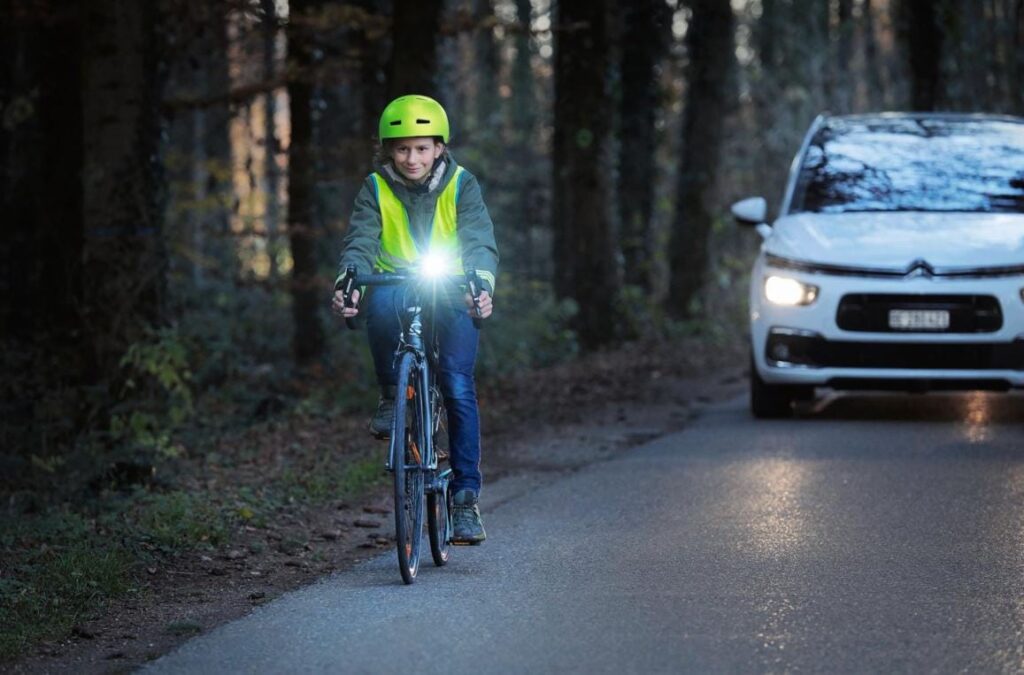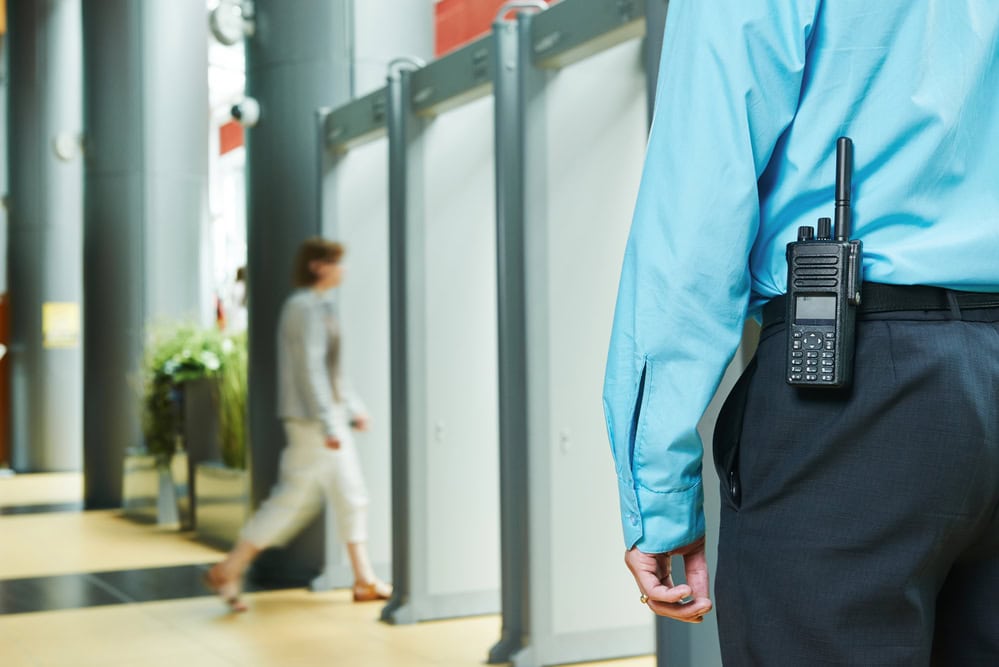Ode to the luminous vest
Bright yellow and bright orange - these are the trend colors in the dark season. The more eye-catching, the better, because: visibility means safety, and that never goes out of fashion.

Sexy may not be the right attribute for the luminous vest. But brilliant it certainly is and safe - safer than you might think. During the day, especially in cloudy weather and at dusk, the fluorescent color of the luminous vest brings the safety advantage. At night, the reflective elements on the vest increase visibility and thus safety. It is scientifically proven that pedestrians with reflective elements are recognized in the darkness at least from three times the distance. If the reflective elements are placed on parts of the body that move when walking - i.e. on the wrists and ankles - pedestrians can even be recognized four to five times earlier. Many people are apparently not aware of this. The effectiveness of light vests and similar visibility aids is often underestimated.
"Pedestrians probably underestimate the effectiveness of reflectors because they cannot see their effect themselves," explains Andrea Uhr, a research associate in road traffic research at BFU.
On the other hand, people overestimate their own visibility when they wear dark clothes at night. This has been demonstrated in several studies. In one of these experiments, people wearing dark clothes had to walk on the spot and indicate when they thought a motorist would notice them for the first time. They overestimated this distance by a factor of 7. "On the one hand, this is because they themselves can see the car well with the bright headlights. On the other hand, when you are on foot in a dark environment, your eyes are already used to the dark. So you can perceive a relatively large amount of the surroundings and probably assume that the car driver can see a similar amount," Uhr continues. For car drivers, however, the situation is different.
"People dressed in dark clothing are generally difficult to see in the dark. In the car, the situation is aggravated by the fact that you are often blinded by oncoming headlights. So the eye is less able to adapt to the dark."
Basically, the human eye is less able to recognize contrasts in the dark and it is more difficult to estimate distances correctly. In the peripheral field of vision, inconspicuous objects are overlooked even more frequently than in daylight. This is exactly where pedestrians move - at the sides of the field of vision of people driving cars. Bright colors, reflective elements and functioning lights on bicycles help drivers to recognize pedestrians better and earlier. Anyone traveling on foot or by bicycle can therefore do a lot for their own safety and casually set bright and colorful accents in the dreary gray of the winter months.
Tips for more safety in the dark
- On the bike, motorcycle and on foot: wear bright clothes and reflective materials
- Equip the bike with lights and reflectors
- For cars and motorcycles: keep lights on and headlights clean
- Use lights on scooters, skateboards and at night or when visibility is poor
Source: AAIB









